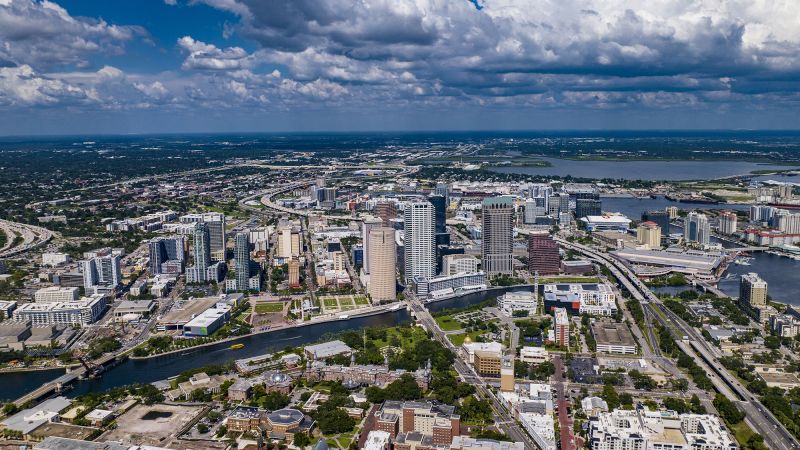The inflation rates in Tampa-St. Petersburg-Clearwater, Florida, and Honolulu, Hawaii, differ significantly due to the pace of home construction in each region. Tampa Bay recently saw one of the lowest inflation rates in the country, while Honolulu experienced the highest. Housing development has been booming in Tampa Bay, leading to lower housing costs and inflation rates. In contrast, Hawaii has long struggled with a housing undersupply, worsened by issues like wildfires and a lack of development. This has resulted in high housing costs and inflation rates in Honolulu and other parts of Hawaii.
The tight housing market conditions in Honolulu and New York have contributed to higher inflation rates in those areas. The Central Florida coast, including Tampa Bay, has seen higher levels of homebuilding, which has helped to keep inflation rates lower. Housing costs make up a significant portion of the Consumer Price Index, impacting overall inflation levels. The Federal Reserve has been battling high inflation, with housing costs posing a key challenge. However, recent moderation in price pressures is leading towards potential interest rate cuts.
The rapid economic growth in the Tampa Bay region has been driven by an influx of new residents, particularly during the Covid-19 pandemic. The state of Florida has seen significant population growth, with many individuals moving from more expensive coastal cities to areas with a lower cost of living. While housing costs in Florida have soared due to increased demand, Tampa has seen a decline in median rent prices, attributed to a surge in apartment construction. There has been significant economic development in downtown Tampa, contributing to the region’s growth.
Hawaii, like Florida, has seen an increase in residents drawn to its beautiful beaches and warm weather. However, the state’s high cost of living, exacerbated by a lack of housing supply and high transportation costs, has made it challenging for residents. Housing shortages in Hawaii have been worsened by inefficient zoning laws, opposition to development, and the purchase of homes by non-residents for second homes. The state is grappling with a housing crisis that has led to multi-generational living and significant affordability challenges for residents.
The cost of housing in Hawaii has been driven up by factors such as shipping costs, labor shortages, and legal hurdles such as class action lawsuits against developers. Disasters like the Lahaina wildfire have also impacted the rental market and exacerbated the housing shortage. Governor Josh Green has extended the state’s emergency proclamation on housing, aiming to address the affordability crisis by waiving fees and requiring developers to build affordable housing units. Hawaii, like Florida, is facing challenges with rising insurance costs, adding to the overall cost of living for residents.


